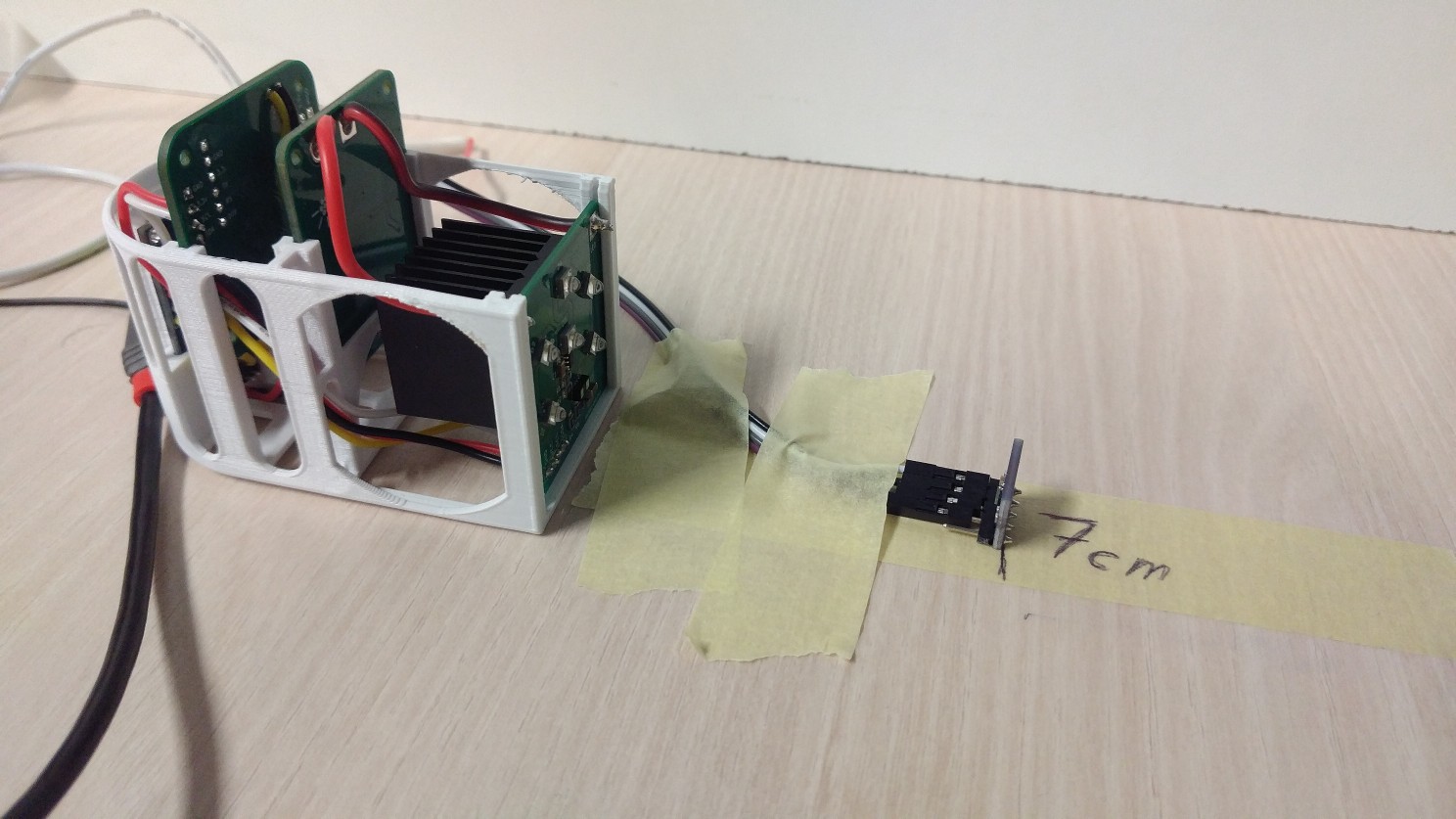Field Ready is an institution that take safety very seriously. They have entire articles explaining their very rigorous quality control and risk assessment protocols: https://www.fieldready.org/post/always-ready-with-quality-management
So, inspired by their Q&A video for this challenge. Were they explicitly said that having a complete Risk Analysis Report for both the builder of the project and the end user would be a mayor plus. We embarked in a mission to provide just that.
We contacted a professional to help us prepare a full risk analysis report that is compliant with international guidelines for safety. The report covers both the user of the UV wand as well as the maker who has to build it.
You can find the full report right here:
UVA Project - Risk Analysis Report - English Version
UVA Project - Risk Analysis Report - Spanish Version
The rest of this log are some interesting calculations we did while validating the safety of the UV wand.
Measuring UV Irradiance
Irradiance is the amount of Luminous power that reaches a surface per unit of area. It is normally measured in miliWatts per squared centimeters. This measurement is important because its an indication of the intensity of light that is hitting a particular surface. The UVA Project was designed to irradiate.
As that is the amount of energy required to cure UV adhesives.
But, is this radiation dangerous? and are we actually managing to output so much power?
Let's start with the second question. To measure and validate the Irradiance claims of our UV wand, we bought a UV light sensor capable of calculating the irradiance of a source of light.

The VEML6070 is a small sensor capable of measuring the Irradiance of UV light at 365nm and report it with a precision of:
We prepared a small test bench to try the UVA project at different intensities and curent consumption. All measurements were made a 7cm from the LEDs, because that's theoretically the point of strongest Irradiance of this LED Bulb design (For more information, see here)

The results were as follows:
| Relative Power [ % ] | Current Consumption [ mA ] | Irradiance [ mW/cm^2 ] |
| 5 | 115 | 13.18 |
| 10 | 209 | 27.2 |
| 20 | 407 | 50.8 |
| 50 | 1050 | 104.2 |
| 70 | 1600 | 138 |
| 85 | 2050 | 147 |
| 100 | 2600 | 165 |
From this small experiment we learn that the UV Wand is quite more powerful than we anticipated. And that we only need to power it at 50% to achieve the desired Irradiance. This is excellent news because this results in less power being consumed, a longer lasting battery and less heat being generated
Having validated this value of 100mW/cm^2 we can now be sure that the calculations in the safety report apply to this UV Wand
 Said Alvarado Marin
Said Alvarado Marin
Discussions
Become a Hackaday.io Member
Create an account to leave a comment. Already have an account? Log In.